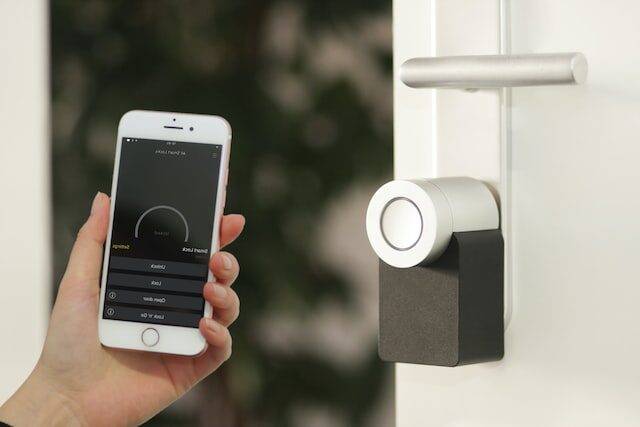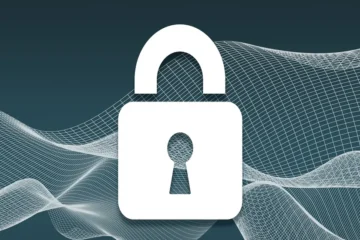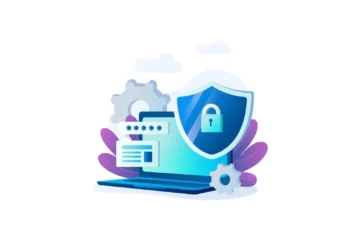Keeping computers, smartphones, and tablets safe from malware and hackers is a common source of anxiety. But what about the gadgets in your smart home? Even if it doesn’t seem like it, they can be just as vulnerable as any other device on your network.
Are The Gadgets In My Smart Home Safe? This is a question that many people are asking as the popularity of smart home technology continues to grow. The short answer is that, like any technology, smart home gadgets can be safe or unsafe depending on how they are used and maintained.
Are The Gadgets In My Smart Home Safe?
One of the biggest concerns when it comes to smart home gadgets is security. Many of these devices are connected to the internet and can be controlled remotely, which means that they can be hacked if proper security measures are not in place. To ensure that your smart home gadgets are safe, it is important to do your research and only purchase devices from reputable manufacturers that have strong security features built in.
Another concern is privacy. Smart home devices often collect and store data on your activities, which can be used to create detailed profiles of your behavior. To protect your privacy, it’s important to read the privacy policy of the devices you’re buying and to ensure that the data they collect is used only for the purposes you agree to.
To protect your smart home devices from hacking and breaches, it’s important to keep them updated with the latest security patches and software updates. Additionally, setting a strong password and using two-factor authentication can add an extra layer of security.
In addition, it’s important to be mindful of the physical safety of your smart home gadgets. This includes keeping them out of reach of children and pets, as well as ensuring that they are properly installed and maintained to prevent fires or other accidents.
Conclusion
smart home gadgets can be safe if proper security and privacy measures are in place and if they are used and maintained correctly. By doing your research and taking the necessary precautions, you can ensure that your smart home is both convenient and secure.
Why Would Hackers Target Devices in Smart Homes?
It makes perfect sense that some smart home devices, like Wi-Fi cameras and smart locks, would be ideal targets for hackers. Someone could enter your home without actually breaking in by hacking your smart lock. They could check your video feed and see if anyone is home if they hacked a camera.
You might believe that a hacker wouldn’t care about other smarthome devices like smart thermostats or outlets. After all, it doesn’t matter if a hacker turns on and off your lights. However, a hacker could theoretically accomplish a lot with those devices.
For instance, if a person was able to temporarily access the same Wi-Fi network to which one of your smart outlets is connected, they could then get remote access to the plug and, consequently, your network (possibly through a reverse SSH connection), allowing them to do whatever they want from that point on.
Again, this is merely an illustration of what could theoretically occur. There are numerous ways in which hackers could barge in. Although there haven’t been any significant reports of actual smarthome users being hacked and suffering significant damage, there is a much greater real threat: botnets.
Malware could take control of an unprotected device and use it to take part in DDoS attacks. Therefore, although smarthome devices may not be hacked to harm you, they can be used to harm other users. Therefore, you should protect yourself from this for the benefit of the internet as a whole. This is not a speculative threat at all: This has actually occurred in numerous instances.
SmartThings, Insteon, Philips Hue, and Ring are just a few of the popular smarthome devices that security researchers have discovered can be hacked. Thankfully, these businesses have already released new firmware to close these loopholes, but the thought of how simple it was to hack these devices with the right skills makes it hard to believe. Additionally, there are always potential security flaws on these devices that have not yet been discovered.
How to Maintain Your Safety
- Sadly, the majority of smart home devices lack a lot of security features and are made to be simple to use. But you can start by checking to see if any of your smarthome products can be easily accessed via the internet, making them vulnerable to hackers.
- Using the Internet of Things Scanner, which checks your network to see if any of your devices are on Shodan, is the simplest way to verify this. Shodan is a search engine for publicly accessible internet devices. Anything that connects to the internet can be found, including printers, routers, security cameras, and other devices.
- Sadly, you can’t do much to protect yourself beyond that; most of the responsibility for providing a secure interface lies with the product manufacturers.
- However, spending time and money to secure their smarthome devices is in their best interest because big-name companies like Nest, Philips, and Amazon are all top brands with strong reputations. As previously stated, this does not necessarily indicate that the security is of the highest possible standard; however, it is unquestionably significantly superior to the low-cost security camera made in China that was able to be hacked half an hour after it was installed.
Therefore, if you plan to make use of smarthome devices, you should purchase them from reputable manufacturers and install any security updates as soon as they become available. Your smarthome devices are updated on a regular basis. Most of the time, these updates fix bugs or add new features, but they can also include important security patches that you’ll want to use right away.
Additionally, ensure that your Wi-Fi network has a safe password and that only authorized devices can access it. Although the repairman you gave your Wi-Fi password to appears to be quite innocent, it’s likely that you only share your password with close friends and family. Perhaps not.
For extremely devoted users: Create another network.
You can do something that a lot of ardent smarthome enthusiasts do if you want to take drastic action: put all of their smarthome devices on a separate network that isn’t connected to the internet and have a main network just for regular internet-capable devices like computers and tablets. To broadcast its own network and avoid connecting it to a modem, all you need is a second router.
There are some major drawbacks
- Whenever you want to control one of these devices, you will need to switch Wi-Fi networks on your phone. Since this is a huge hassle, it is really only a good option for people who automate everything or control all of their devices with Z-Wave switches.
- Because some smarthome devices require internet access to function properly, they will not function here. Some devices, like the Nest Thermostat, Philips Hue, and the majority of smart outlets, will function perfectly without an internet connection; however, others, like the Amazon Echo or Nest Cam, will not function at all.
- You won’t be able to use the remote access features on your devices if they aren’t connected to the internet. This means that you won’t be able to control your smarthome items when you’re away from home.
- You can see why most people don’t do this because it makes your devices harder to use. However, it might be a good choice if you control most of your devices through automation and physical smart switches. But this won’t work for the majority of people. In that case, the best thing you can do is make sure you buy smarthome products from reputable businesses that regularly release updates and prioritize security.



